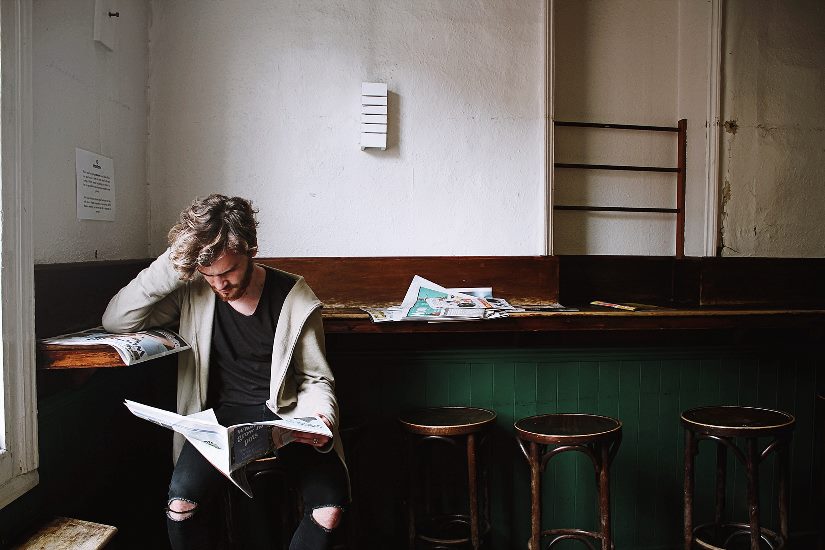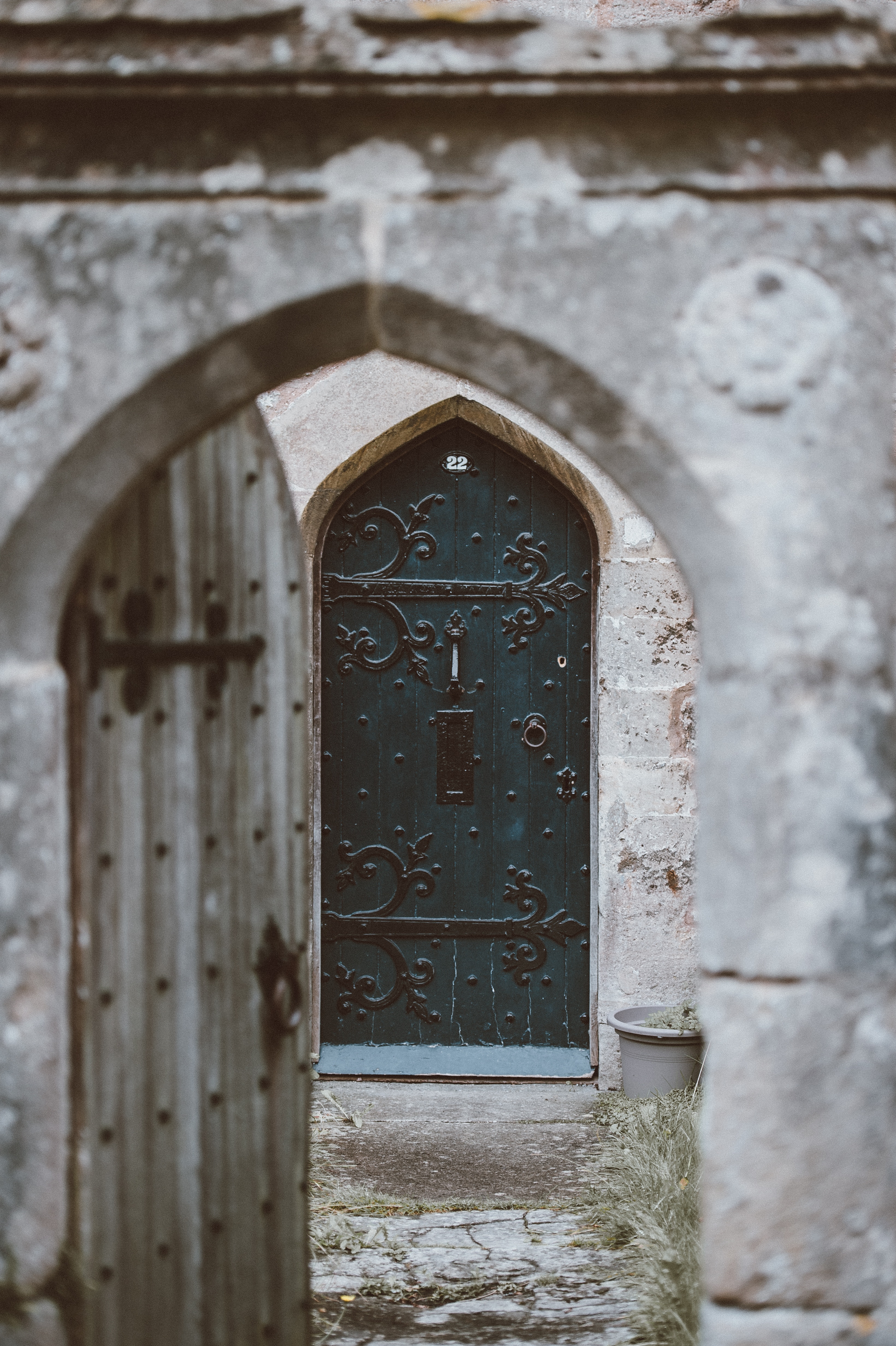Program Topics
I’m not afraid of storms, for I’m learning how to sail my ship.
– Louisa May Alcott
There are two primary reasons for our fear and uncertainty: One is fear of the unknown and the other is fear of death. All other fears are simply variations of these. Fear of the unknown and fear of death are very closely connected.
We fear death because it is unknown and we fear the unknown because it can lead to death. This is why fear is such an integral part of our lives. We take birth in fear, we live in it, and we die in it. There is not a dimension of life that fear doesn’t touch.
Although fear is an integral part of our lives, the intensity at which it affects us has varied throughout human history. Increased fear and uncertainty have become such a common part of our lives that we have simply assumed that we have always been this fearful. Scientific study shows that as far as our external reality is concerned, we are living in one of the safest times in the history of our planet, and yet we are more fearful and uncertain now than ever before.
Modern society has made living both safe and insecure at the same time. Our external environment might be a much safer place to live, but it has also increased our internal fears and uncertainties.
Before addressing our primary fears of death and the unknown, let’s look at the causes of daily fears and simple ways of handling them. Today, our biggest cause of fear is not snakes, bears or spiders; nor is it fear of heights, open spaces or darkness. Our biggest fear is fear of another human being. We are all suffering from “anthropophobia”: We are afraid of each other.
We experience two types of fears; one is a recognizable fear that grips us during certain moments, and the other is an internal fear that seeps deep into our psyche and drains our energy and confidence. It is this second type of fear that has taken over the human society.
[embedyt]https://youtu.be/ulwU9eZAc6Q[/embedyt]

There are two primary causes of our social fears: One is competition and the other is the mainstream news media. Study shows that there is a lot of difference between the actual state of well-being and our perceived state of well-being. Those of us who experience constant social fear and uncertainty have a misplaced sense of well-being which stems from the constant comparison of our lifestyle with others. This competitive attitude puts us in a never-ending loop of comparison, which gives rise to perceived fear and insecurity. As long as a problem is real, it can be solved, but if the problem is simply a matter of perception, then only a clear understanding of life can help us overcome it.
Having our own understanding of our state of well-being, independent of everything that is happening around us, is the only way to go beyond the fears and uncertainties that arise from constant comparison with others. Each of us is unique and special in every way possible. Instead of making our life just a matter of economics and material comforts, if we can look at it for the richness it is, we can value a lot of things that are already a part of us.
How we look at our life and everything that is happening in it is more important than what is actually happening. Every moment we can choose to remain positive and happy. We can draw our inspiration from within us. We already possess all that we are searching for; it is only a matter of knowing how to look within and tap into this infinite wellspring of happiness and bliss.
Along with the entertainment industry, the mainstream news media is a large contributor to our social fears and insecurities. We don’t realize that what we are constantly being fed in the name of entertainment, information and news, is fear. Our minds can’t make the distinction between the emotions of real events and events watched on television. We can sit and watch a two-hour movie with full involvement because a movie can make us sad, happy or even depressed, just like real life events. We have to be careful in choosing our experiences, especially in today’s digital age, where all sorts of information from around the world can be streamed into our homes. There was a time when our experiences were limited to our physical geographical location, which gave us a clear perception of what was happening around us. In the digital age, one fearful incident that happened in a remote corner of the world can be blown out of proportion and made into a mainstream reality for millions of people.
We aren’t supposed to know anything and everything that is happening in the world. Life is still about the experiences we choose for ourselves. We don’t have to fall into the guilt trap of not knowing what is happening around the world all the time; we are not here to know every act of anger, fear or violence that is happening in the world. We are here to make our experience of life a pleasurable and memorable one. Turning off the television set and giving ourselves a meaningful break from constant digital stimulation, in itself, can take away most of our fears and insecurities. We all have individual problems, but we are all suffering from one common social problem of overload of information. Sometimes the best way to solve a problem is to step away from it.


There once was this criminal who had committed a crime.
(Because that’s what criminals do.)
He was sent to the king for his punishment.
The king told him he had a choice of two punishments.
He could be hung by a rope.
Or take what’s behind the big, dark, scary, iron door.
The criminal quickly decided on the rope.
As the noose was being slipped on him, he turned to the king and asked: “By the way, out of curiosity, what’s behind that door?”
The king laughed and said: “You know, it’s funny, I offer everyone the same choice, and nearly everyone picks the rope.”
“So,” said the criminal, “Tell me. What’s behind the door? I mean, obviously, I won’t tell anyone,” he said, pointing to the noose around his neck.
The king paused then answered: “Freedom, but it seems most people are so afraid of the unknown that they immediately take the rope.”
[embedyt]https://youtu.be/We0PiNmDWZM[/embedyt]
Now, let’s look at our two biggest existential fears; fear of death and fear of the unknown. These two fears manifest themselves in our lives in a multitude of ways. Fear of sickness, aging, poverty, aggression and violence are all connected to the primary fear of death. Fear of death fuels the imagination of the mind to transform simple and seemingly harmless situations into fearful experiences.
If we don’t understand this hallucinatory nature of our minds, we will fall victim to its wild, fearful imaginations. This is also why we are afraid of the unknown. The mind has the choice to imagine anything it wants to about an unknown entity, but it frequently chooses a fearful response because it is constantly driven by the fear of death.
Fear is not totally irrelevant and useless. Instinctual fear has its uses; it helps us to make quick decisions which protect us from immediate danger. It is not this instinctual fear of heights, strange places or wild animals that we need to be worried about. The fear that is a result of our wild imaginations, driven by fear of death is what we need to address.
Franklin D Roosevelt put it perfectly when he said, “Only thing we have to fear is fear itself”. The majority of our fears are generated within us, and external circumstances have very little to do with it. We have to understand the inner-functioning mechanism of fear and deal with it effectively.
The mechanism of imagined fear is the very foundation of our mind. With no problem, we can say that “fear is the mind and the mind is fear”.
In a way, the only way to go beyond all our fears is by learning how to stay away from our minds. This might sound crazy if you are just a mind. Because you are something more than the mind, it is possible. The mind is a collection of thoughts, most of which are generated through fear. We have the choice to fully accept this fearful mind as a part of our reality and live in fear all the time, or we can make a conscious choice to put some distance between us and our minds.
The very fact that we can watch and use our minds should tell us that we are not our minds. We can pick up a stone and throw it, because we are not the stone. Similarly, we can watch a thought and get rid of it, because we are not the thought.
Do one thing every day that scares you.
– Eleanor Roosevelt
Methods & Techniques

Learning to watch all our thoughts is the most important habit we can develop to go beyond our imagined fears. We rarely pay attention to our thoughts, and that is the root cause of most of our fears.
An unwatched thought is what we call imagination, and watched imagination is what we call reality. When a thought is not watched, it simply becomes a part of our imagination, free to manifest itself in any way, and is always beyond our control.
On the other hand, a watched thought becomes a part of our reality, which is in our control. The only way to go beyond all our imagined fears is to live a more conscious and alert life.
By now, you have probably figured out the common solution for most of our problems of life. We can find short-term solutions to quickly deal with problems, but living a more conscious life is the only long-term solution for our problems. Practicing this conscious way of living is at the core of “Inside-Out”. The different methods and techniques we have been discussing are to assist you in developing this conscious way of living. The mind is our problem and consciousness is our solution, and both of these faculties are present within us.
We have given way too much importance to the mind, and we have ignored our conscious self. The more we are lost in our thoughts, the more fearful, uncertain and insecure we become. The solution is actually very simple; cultivating consciousness in a systematic and scientific way.
Mindfulness Meditation
You can practice mindfulness any time you are awake. Mindfulness is not a regular “sitting meditation”, but an awareness that you cultivate during your daily activities. It is meditation in action.
You can practice mindfulness by bringing your awareness to your breath any time you become distracted by a thought process. Mindfulness is the process of constantly remembering yourself amidst activities. Keeping your awareness in the present moment is the easiest way to practice mindfulness. Mindfulness can be practiced at any time: while eating, driving, talking, walking, etc. When you become aware of what you are doing you can observe the action independently.
Mindfulness is the greatest contribution of Gautama Buddha. He recommended this method of meditation to all his students to keep their desires in check and help them be focused on the path.
Daily practice of meditation and mindfulness will help you to gain control over your imaginary mind and deal with your fears. Stepping away from noisy and disturbing places will provide short-term relief from your fears and insecurities and provide a clutter-free backdrop for your mindfulness and meditation practice. The long-term solution is always in figuring out how to step away from the constant noise and disturbance of the mind.
Meditation will help you to learn the art of moving away from the noise of the mind, and mindfulness will help you to stay alert and conscious throughout the day.
Questions For Reflection
Question 1: What are the two biggest fears of people in general?
Question 2: What are some positive aspects of fear?
Question 3: How can one overcome fear?
Question 4: How can mindfulness be practiced when you are not sitting in meditation?
Question 5: What is the biggest fear in today’s society?
